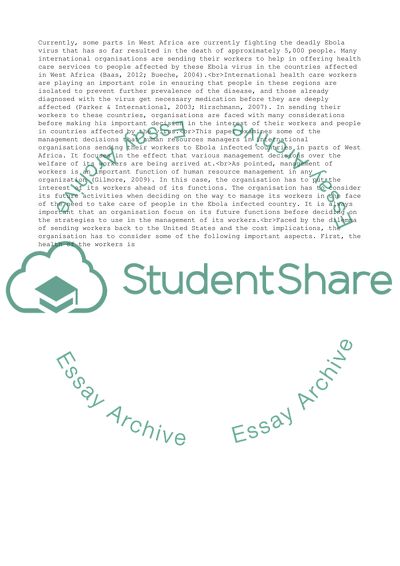Cite this document
(“Preferred management decision case study - Logistics of International”, n.d.)
Preferred management decision case study - Logistics of International. Retrieved from https://studentshare.org/management/1662031-preferred-management-decision-case-study-logistics-of-international-workers-to-mitigate-ebola-epidemics
Preferred management decision case study - Logistics of International. Retrieved from https://studentshare.org/management/1662031-preferred-management-decision-case-study-logistics-of-international-workers-to-mitigate-ebola-epidemics
(Preferred Management Decision Case Study - Logistics of International)
Preferred Management Decision Case Study - Logistics of International. https://studentshare.org/management/1662031-preferred-management-decision-case-study-logistics-of-international-workers-to-mitigate-ebola-epidemics.
Preferred Management Decision Case Study - Logistics of International. https://studentshare.org/management/1662031-preferred-management-decision-case-study-logistics-of-international-workers-to-mitigate-ebola-epidemics.
“Preferred Management Decision Case Study - Logistics of International”, n.d. https://studentshare.org/management/1662031-preferred-management-decision-case-study-logistics-of-international-workers-to-mitigate-ebola-epidemics.


